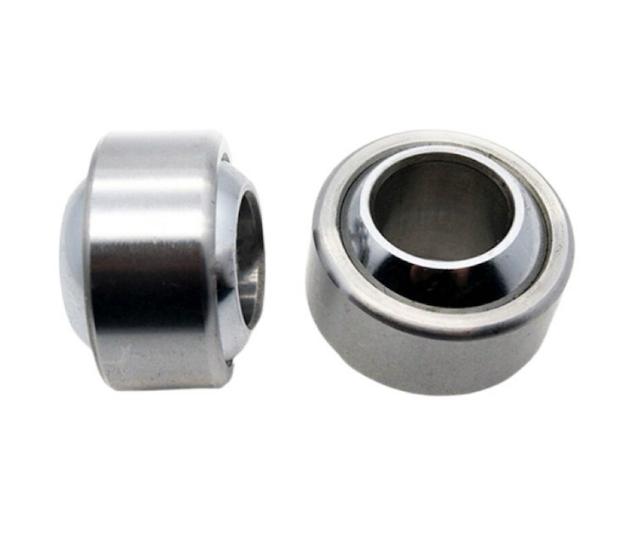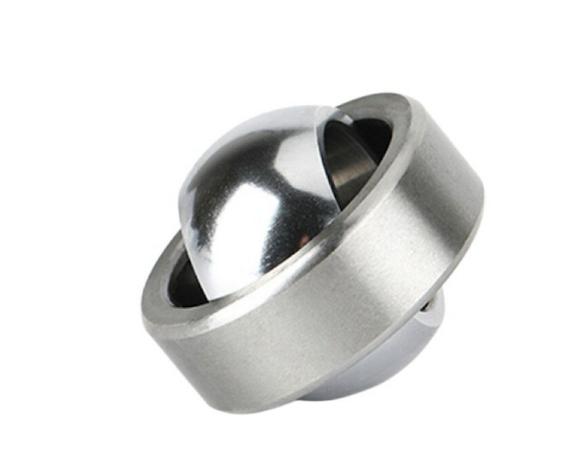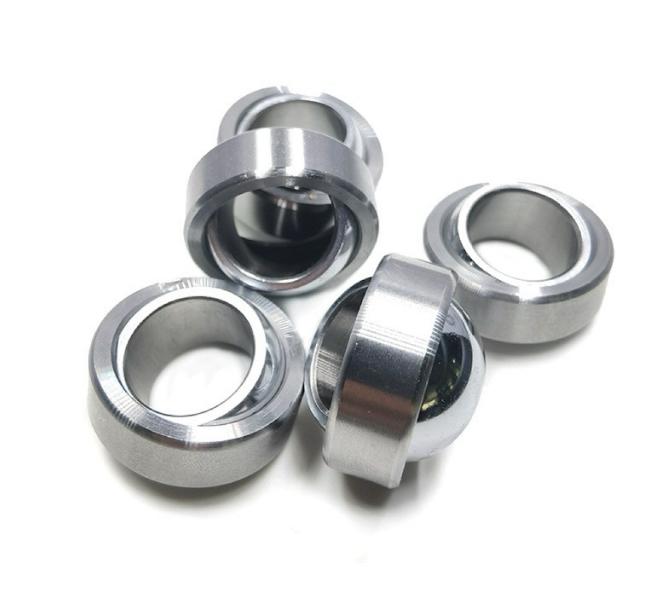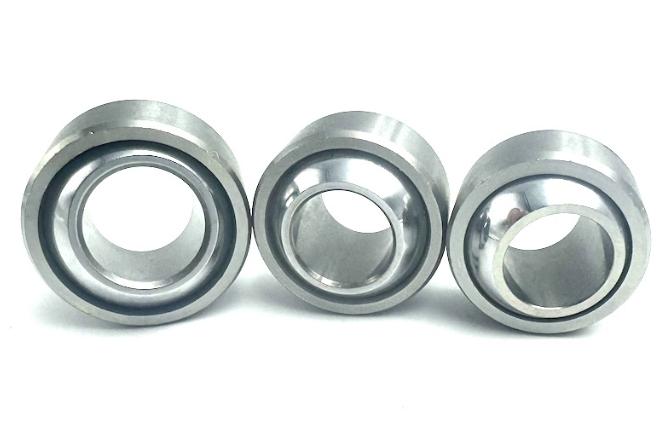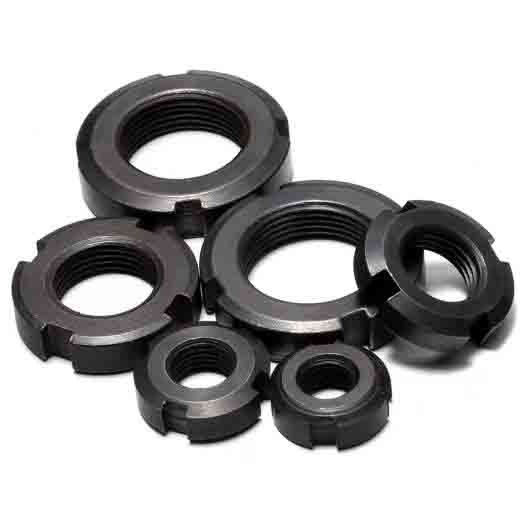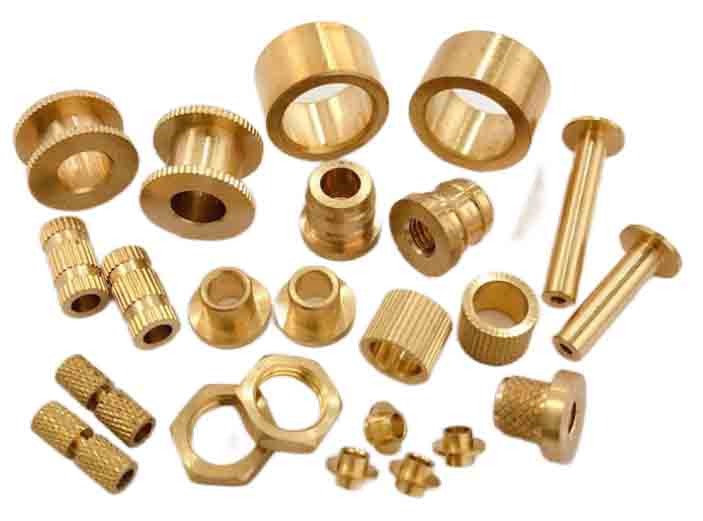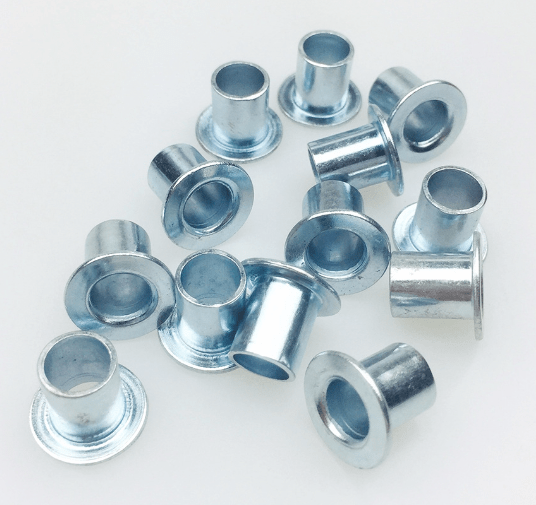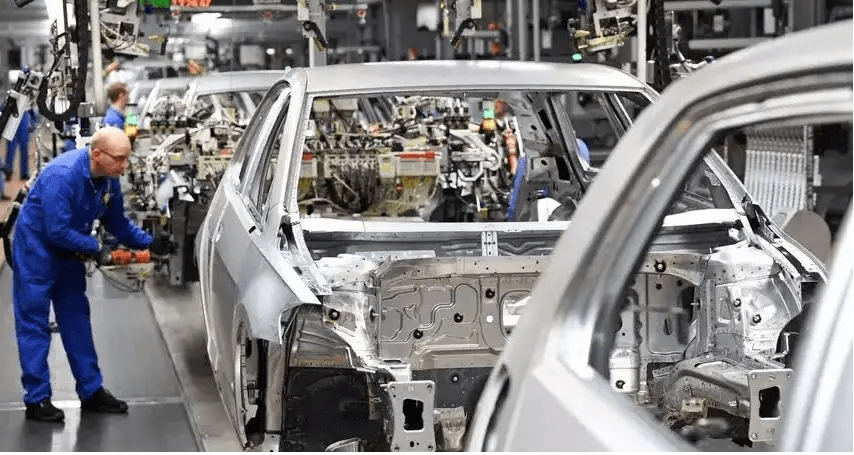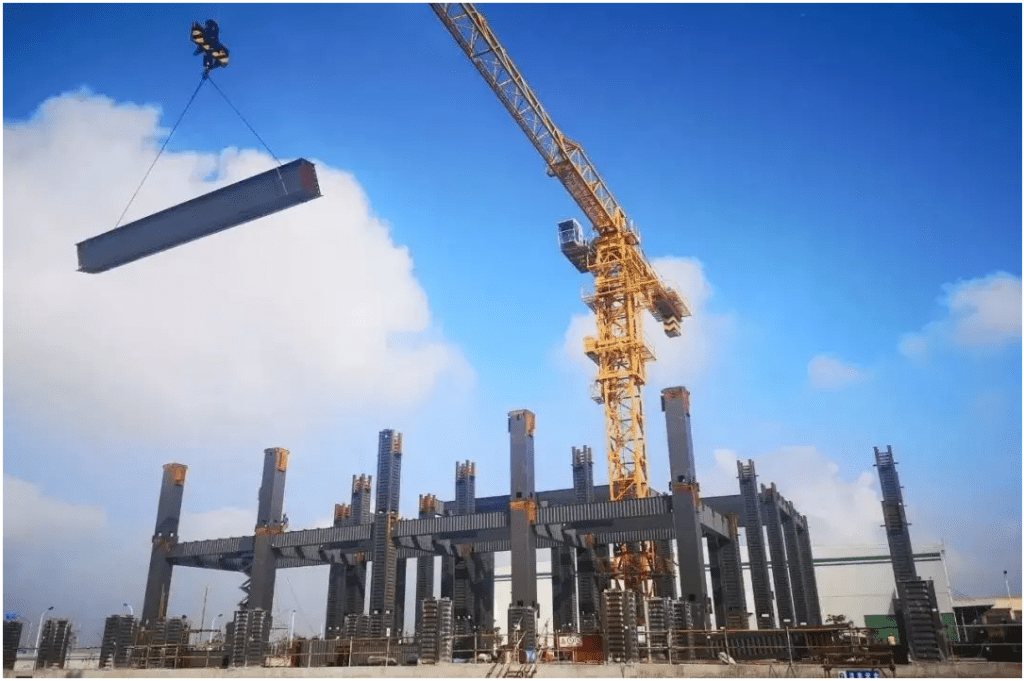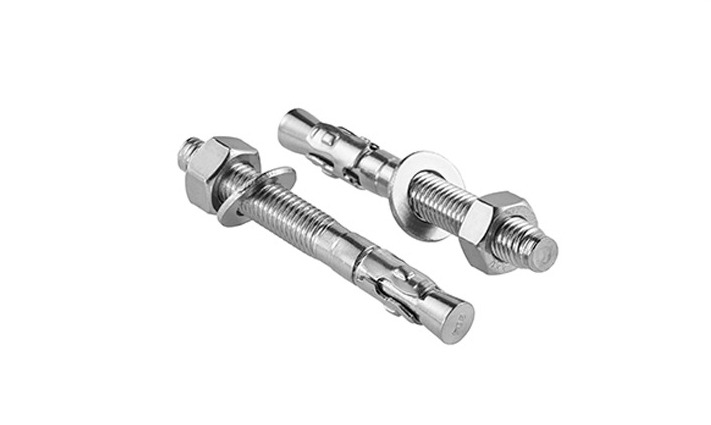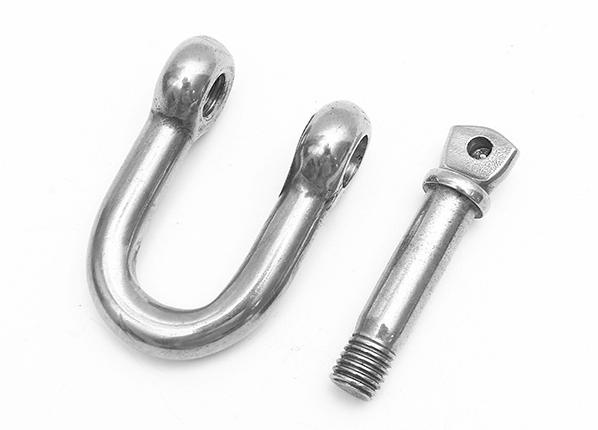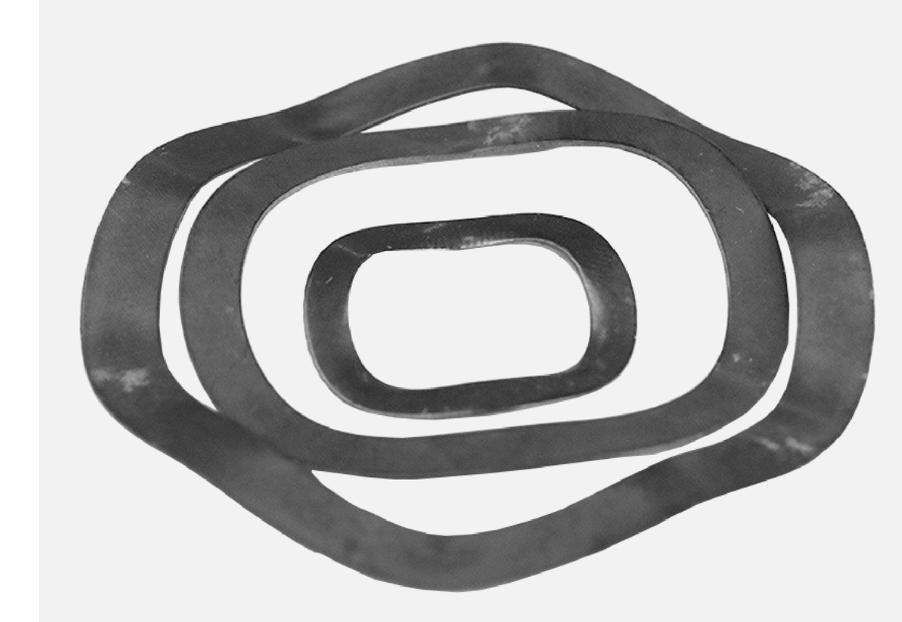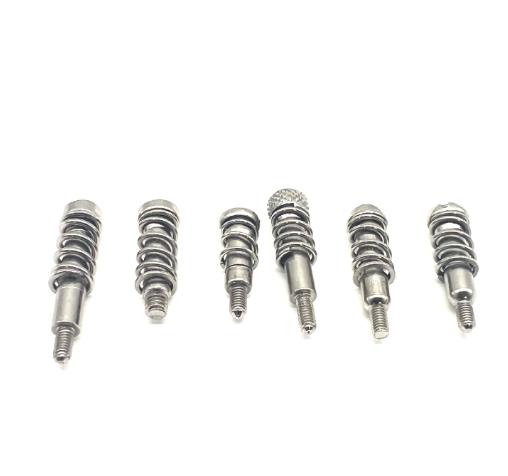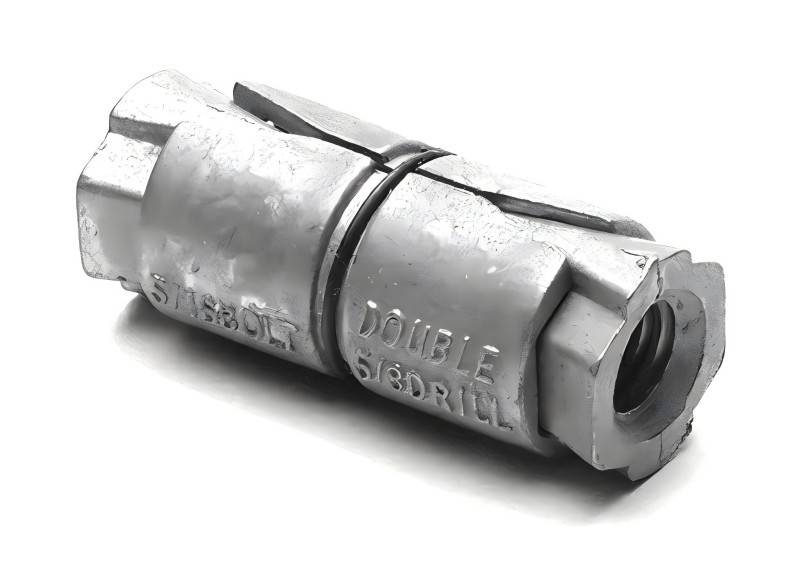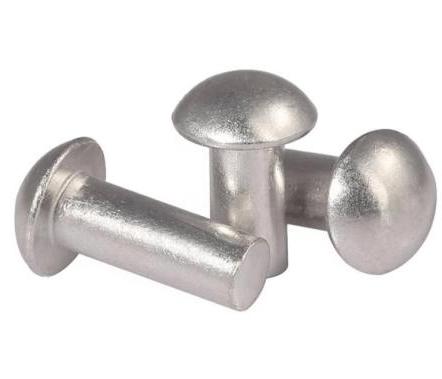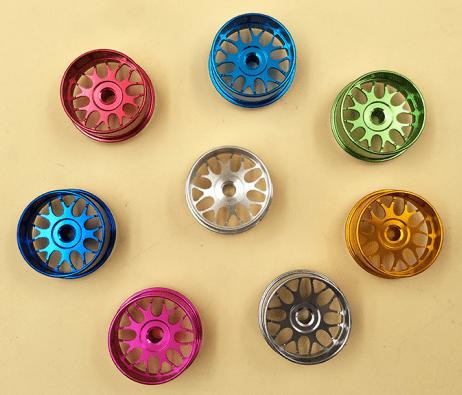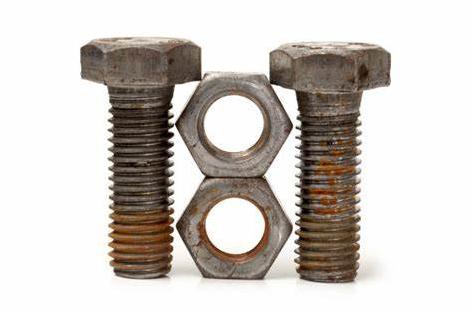Joint Bearings
Materials
- Inner and outer rings: High-carbon steel, alloy steel, etc. are generally used. For example, GCr15 bearing steel has high hardness and wear resistance and can withstand large loads.
- Sliding surface: Anti-friction materials such as copper alloys are usually used. For example, tin bronze can reduce the friction coefficient and improve wear-resistance and self-lubricating properties.
Surface Treatments
- Heat treatment: Heat treatment processes such as quenching are carried out on the inner and outer rings of the bearings to increase surface hardness and wear resistance and enhance their mechanical properties.
- Plating treatment: Common ones include galvanizing, nickel-plating, etc., which can improve the corrosion resistance of the bearings and extend their service life. For example, joint bearings used in some wet or corrosive media environments are often galvanized.
Specifications of Joint Bearings
Joint bearings come in a variety of size specifications. The inner-diameter range can vary from a few millimeters to several hundred millimeters, and common series include metric and imperial ones. Their dimensional parameters include inner diameter, outer diameter, and width, etc. Different specifications are suitable for different load and motion requirements.
Manufacturing Processes of Joint Bearings
- Forging: The steel is processed into bearing blanks through the forging process to give it good organizational structure and mechanical properties.
- Machining: Turning, grinding, and other processing are carried out on the blanks to precisely machine the dimensions and shapes of the inner and outer rings to ensure the accuracy of the bearings.
- Assembly: Assemble the inner and outer rings and related components to ensure fitting accuracy and motion flexibility.
Materials of Joint Bearings
Application Scenarios of Joint Bearings
- Construction machinery: at the joint parts of equipment such as excavators and cranes, it is used to achieve the flexible rotation of components such as boom arms and can withstand large impacts and heavy loads.
- Automotive industry: Applied in suspension systems, steering mechanisms, etc., and can adapt to various complex movements and load changes during vehicle driving.
- Aerospace: Used in the control systems, engines and other parts of aircraft, which require high precision, high reliability and light weight.

